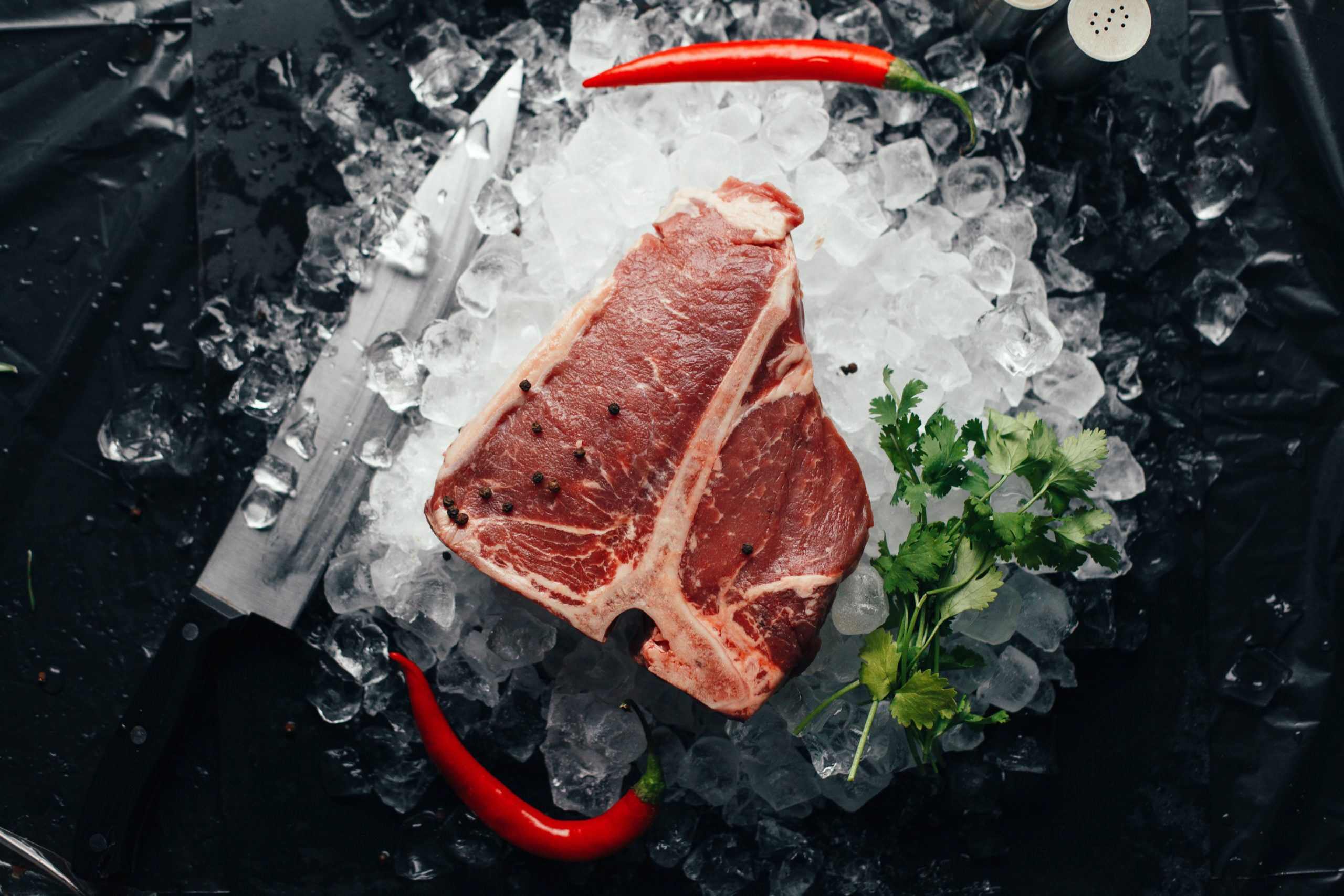5 of the most common follower questions from this summer—Answered.

How much protein should you be eating? Question #2 answers that common quandary…
As we continue to receive hundreds of questions weekly about the in’s and out’s of success on F-Factor, we’re giving the people what they want: answers! Every so often, we’re rounding them up and answering them for you. Whether you’re getting started or a tried-and-true veteran, it’s likely a Q or two still pop into your head every once in a while. Here our Director of Nutrition, Amanda Karp, MS, RD, CDN answers the top 5 questions that have been on your mind lately…
Q #1: If I eat all my meals late, is it okay for me to skip one?
A: We absolutely do not recommend skipping meals! Skipping meals can throw off your metabolism and mess with your hunger signals! Ever notice you are starving at the end of the day? You can often trace that back to a skipped meal several hours before! If you’ve shifted your breakfast later, maybe it’s a weekend or you’ve started sleeping later, you can try to shift back the rest of your meals as well. For example, if you have breakfast at 11, you can have lunch at 2, snack at 5, and still have dinner by 7:30-8pm!
If you feel like your eating schedule becomes too packed or you find you’re not as hungry, you can also make your meals slightly smaller, so you’re not missing out on key nutrients. This way, you’ll still get protein, fiber, vitamins, and minerals and you’re still eating every few hours to keep your metabolism boosted.
Q #2) I’m still confused on protein! How much can I have? Does low-fat cheese count?
A: I don’t blame you, protein portions can definitely be confusing, especially when you’re mixing protein sources. In practice, it’s actually pretty simple! Women should have 3-4 ounces of protein at meals and 1-2 ounces at snack. Men should have 6-8 ounces at meals and 2-3 ounces at snack.
One ounce of protein, by weight, contains about 7 grams of protein. So if you weigh out an ounce of chicken, that’ll give you 7 grams of pure protein! The same goes for low-fat cheese: an ounce of low-fat cheese has about 5-7 grams of protein depending on the type of cheese. If you’re adding both cheese and chicken into a salad, or JUST using low-fat cheese as your protein, you want your TOTAL ounces to add up to 3-4. When I make a salad, I’ll add 3 ounces of chicken, and 0.5-1 ounce of low-fat cheese.
Q #3) It’s the end of the day and I realized my fiber or protein intake isn’t up to par! What do I do?
A: Don’t fret, it happens! I’d rather not have someone overload on a nighttime meal to make up for it! Instead, learn from it. One day will not have an overall negative effect on your weight loss efforts and can serve as a good learning experience moving forward.
Why do you think this happened? Take a look at your journal and check your meals and snacks. Did you miss a meal? Did you not have a big enough snack to incorporate fiber and protein? These little changes can add up to a big difference at the end of the day. Tomorrow, just make an effort to hit those goals and you’ll be no worse for wear!
Q #4) Is F-Factor 20/20 FIBER/PROTEIN Powder safe to consume while pregnant women and/or breastfeeding?
A:Not only are they safe, but they are great products to have on hand during pregnancy and breastfeeding. I have been using the powder several times a week during pregnancy and it has been a SAVIOR when a sweet craving hits. All F-Factor products are safe for pregnancy. They contain stevia and monk fruit, natural calorie-free sweeteners that are recognized as safe by the FDA. The fiber in the powders can help support normal digestion and are incredibly filling which can help satisfy pregnancy hunger pangs.
If your preference during pregnancy is to completely forgo calorie-free sweeteners, the Unflavored 20/20 Fiber Protein Powder is for you. It contains the same great fiber and protein but none of the sweetener, so you can add fruit or your sweetener of choice.
When it comes to breastfeeding, fiber poses no harm to your baby. Anecdotally, some women say their babies are gassier if they consume too much fiber while breastfeeding. If you experience this, cut back to half a serving (1 scoop) and see if it improves!
Q #5) Can I have high fiber products like wraps, breads, and drinks toward my fiber goal?
A: As fiber has gained notoriety in the wellness space, it is clear that fiber-filled products aren’t going anywhere. There are so many great new products designed to help you up your fiber intake. In addition to powders and bars, there are now wraps, breads, and even waters (our fave is Wanu!) that are great sources of fiber. While we always recommend whole foods first, these foods are great additions to a high fiber diet and you can add them to your day to get you closer to your fiber and net carb goals.
F-Factor is what you make it, so feel free to experiment with these foods, as long as you are within your net carb goal for your stage of weight loss and management. If you find you’ve added in some foods and suddenly your weight loss has slowed or stopped, go back to your journal and make sure that you haven’t added too much food on top of your usual intake. These foods do still have calories!